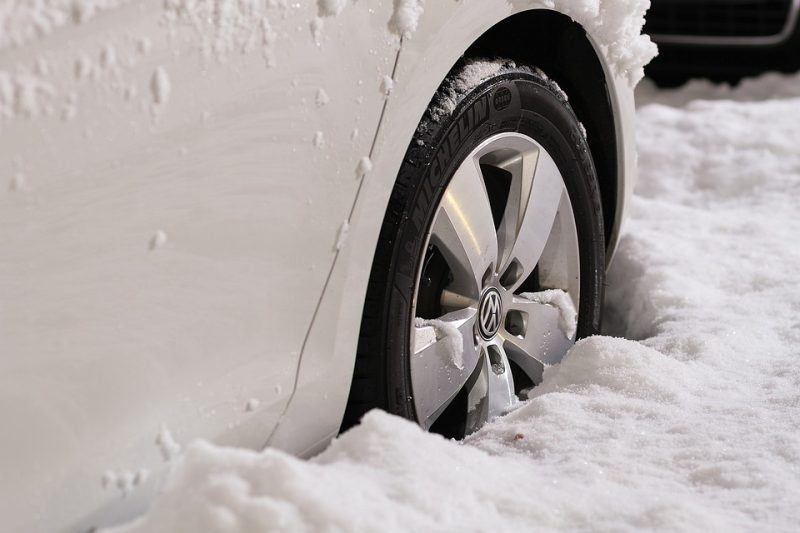
Knowing that your vehicle’s tires are in good condition gives you peace of mind and is essential for road safety. A set of quality tires will give you the grip you need to safely accelerate and brake, even on roads covered in ice and sleet. Below are ways to tell if your Volkswagen needs new tires from your VW dealer.
Does Your Volkswagen Need New Tires From Your VW Dealer?
Your Car’s Tires Are Old
Like everything else in life, tires don’t last forever. Tires age, and when they get old, structural changes occur due to extreme temperatures, road conditions, and exposure to the sun. The deteriorating state of the rubber will influence your car’s handling performance, reducing your safety on the road.
Generally, tire manufacturers recommend replacing tires between six and ten years. You can check the replacement specifications for your specific brand of tires or ask your Volkswagen technician for assistance.
You Can See the Tire Wear Indicators
The flat rubber bars on your tires are called wear indicators and warn you when you need to replace your tires. These bars become more visible as you drive. You can barely see the wear indicators on tires when they are new, but the bars become more visible as you drive your car. As soon as you can see the wear indicators clearly, it’s time to visit your dealership for a new set of tires.
You Notice the Tires Are Damaged
Take a close look at your tires and check the sidewalls. If you notice cracks or deep cuts caused by age and use or bubbles and bulges that could cause weak spots and seriously increase the risk of blowouts, replace your tires.
The Treads Are Worn Unevenly
While checking your tires for damage, you may notice that the treads are worn unevenly. Uneven tread wear occurs when the tires are not inflated to the correct pressure levels or misaligned. If one side of a tire is more worn than the other, you will have to replace your tires. To ensure that your car’s tires wear down evenly, ask your Volkswagen technician to rotate your car’s tires every time you take your vehicle for an oil change.
The Grooves Are Shallow
The treads on your car’s tires give you the traction you need, especially on wet and icy road surfaces. When tires get old, the rubber wears down and loses traction. Thoroughly inspect the tread on all four of your tires and if the threads appear shallow, measure the depth. You can ask your Volkswagen technician to check the tread depth, or measure the depth yourself with a tread depth gauge or do a penny rest.
Do the Penny Test
Use a penny and insert Lincoln’s head into the grooves. If you can see Lincoln’s head, the grooves are shallow, and you need to get a new set of tires. If the head disappears, your tires are still good.
Check the Tread Depth With a Gauge
Press the probe of a tire tread depth gauge into a groove on your tire and measure the depth. If you get a reading higher than 6.32 inches, the treads are good but if the tire tread depth is lower than 5.32 inches, start thinking of replacing your tires. If the reading is 2.32 inches or lower, get a new set of tires ASAP.
Make a habit of regularly inspecting your car’s tires. Check the tread depth and look for bubbles and blisters. If you notice tire damage, uneven wear, or shallow treads, it’s best to get a new set of tires to keep you safe on the road. Visit Crain Volkswagen of Fayetteville today. Our tire experts will assist you in finding a quality set of tires and perform an expert tire installation.
Image via Pixabay.com by qimono




